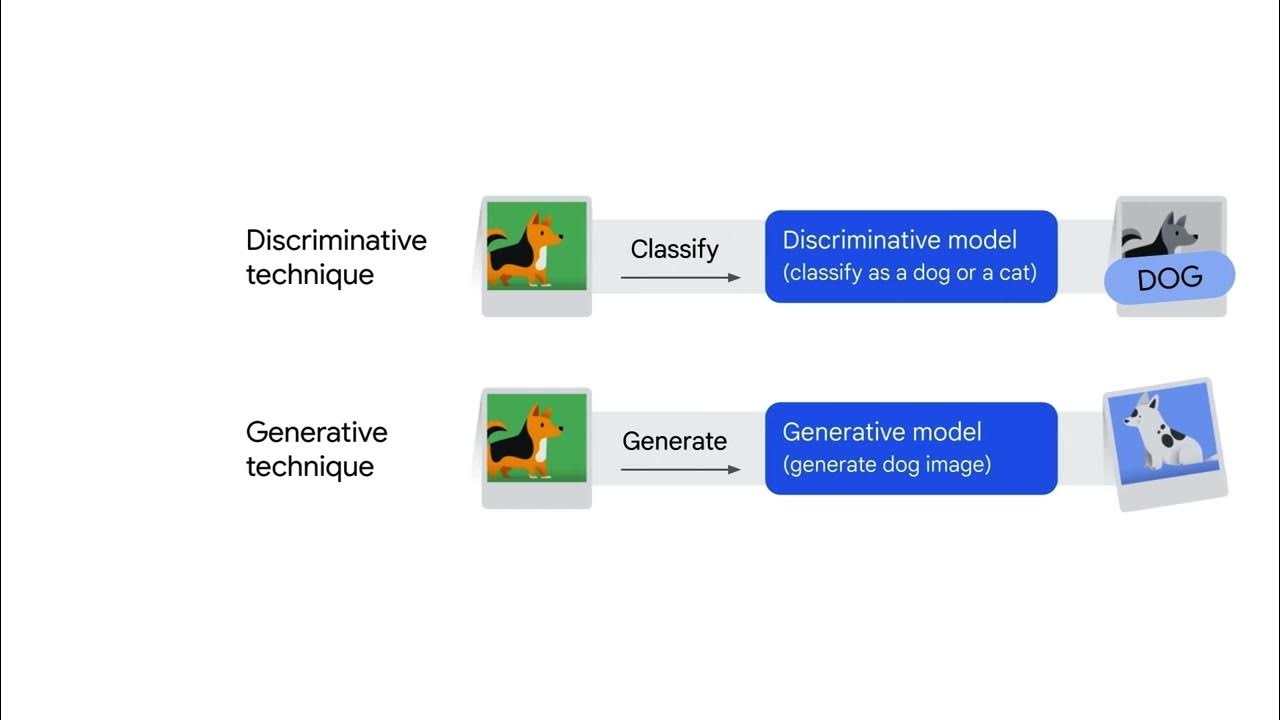Lec 01 What do Programmers Do?
Summary
TLDRIn this first week of a course on programming with generative AI, the focus is on understanding what programmers do and why generative AI excels at tasks they perform. Programmers solve problems through code, often using algorithms or data-centric approaches. Examples of problems like prime number checking highlight how computers, with the help of programmers, can execute tasks efficiently. Meanwhile, more complex tasks, such as image recognition, require data-driven solutions, exemplified by deep learning. The course sets the foundation for both algorithmic and data-centric problem-solving approaches.
Takeaways
- 😀 Programmers write code with the purpose of solving specific problems, much like swimmers use their arms and legs with a purpose in mind.
- 😀 Not all problems can be solved by programmers. Some issues, like the question of a nondwarf planet beyond Neptune, are outside the scope of programming but can still involve programmers in certain ways.
- 😀 Programmers are essential for solving problems that have algorithmic solutions, such as determining if a large number is prime.
- 😀 Algorithms provide step-by-step instructions for solving problems. For example, the algorithm to check if a number is prime involves searching for factors of that number.
- 😀 Computers excel at executing algorithms quickly and efficiently, which is particularly useful for tasks that would be tedious and time-consuming for humans, such as checking large numbers for primality.
- 😀 A simple algorithm for prime checking can be inefficient, and more advanced algorithms can speed up the process significantly, like the method discovered by researchers at IIT Kharagpur.
- 😀 Some problems are difficult to break down into algorithmic steps, such as determining if an image contains a cat. These problems require a different approach: data-centric solutions.
- 😀 Data-centric solutions, like those in deep learning, use vast amounts of data and complex neural networks to solve problems that are challenging for algorithmic approaches.
- 😀 The explosion of deep learning research has demonstrated that data-centric approaches are highly practical for real-world problems, such as image recognition.
- 😀 In this course, you'll explore both algorithmic and data-centric solutions, though you will not dive into advanced machine learning. Instead, the focus will be on building a foundation to understand such techniques.
Q & A
What do programmers do?
-Programmers write code, but more importantly, they solve specific types of problems using code. The code runs on a computer to solve a problem with a particular purpose in mind.
How is programming similar to swimming?
-Just as swimmers wave their arms and legs with a purpose, programmers write code with a goal in mind. The key distinction is that swimmers and programmers both perform actions to achieve a specific outcome, not just for the action itself.
Can programmers solve all types of problems with code?
-No, not all problems can be solved by programming. Some problems are not suitable for a programming solution, like astronomical questions where the primary expertise needed is from astronomers, not programmers.
How can programmers contribute to astronomy-related problems?
-While programmers cannot directly solve astronomical questions like 'Is there a nondwarf planet beyond Neptune?', they can assist by developing software for complex instruments, such as telescopes or mission simulations.
What is the example used in the video to explain a problem that programmers can solve?
-The example used is determining whether a large number is prime. Programmers can help by translating an algorithm into code that a computer can execute quickly to solve the problem efficiently.
What is the algorithm described for checking if a number is prime?
-The algorithm involves checking if the number is less than 2, and then testing if any integer from 2 to the number minus one divides the number evenly. If no factors are found, the number is prime.
Why is solving prime number problems by hand inefficient?
-Manually checking if a large number is prime would require testing a large number of potential factors, which is a time-consuming process. Computers, however, can perform these checks quickly and accurately.
What alternative method for checking prime numbers is mentioned in the video?
-The video references a faster method for prime checking that was developed by students and their professor at IIT Kharagpur. This method is more efficient than the simple algorithm presented.
What is the key difference between algorithmic and data-centric problem-solving in programming?
-Algorithmic solutions rely on step-by-step instructions to solve a problem, while data-centric solutions use vast amounts of data and complex models, like neural networks, to tackle problems, such as image recognition.
How can data-centric solutions be applied to real-world problems?
-Data-centric solutions, particularly in fields like deep learning, have proven practical for real-world tasks, such as image classification, where the system learns from large datasets to recognize patterns or objects (e.g., recognizing whether a picture is of a cat).
Outlines

Этот раздел доступен только подписчикам платных тарифов. Пожалуйста, перейдите на платный тариф для доступа.
Перейти на платный тарифMindmap

Этот раздел доступен только подписчикам платных тарифов. Пожалуйста, перейдите на платный тариф для доступа.
Перейти на платный тарифKeywords

Этот раздел доступен только подписчикам платных тарифов. Пожалуйста, перейдите на платный тариф для доступа.
Перейти на платный тарифHighlights

Этот раздел доступен только подписчикам платных тарифов. Пожалуйста, перейдите на платный тариф для доступа.
Перейти на платный тарифTranscripts

Этот раздел доступен только подписчикам платных тарифов. Пожалуйста, перейдите на платный тариф для доступа.
Перейти на платный тарифПосмотреть больше похожих видео
5.0 / 5 (0 votes)






